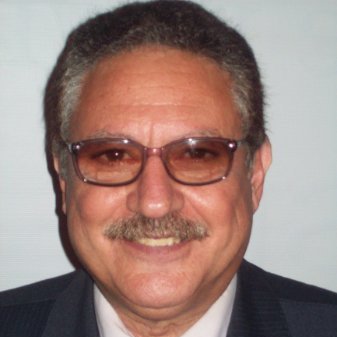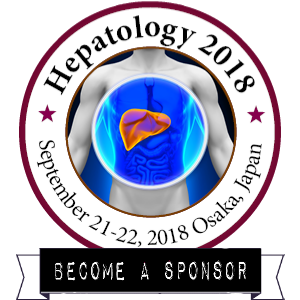
Dr. Mostafa Yakoot
Green CRC, Egypt
Title: Shortened 8 weeks therapy of sofosbuvir/daclatasvir is non-inferior to 12 weeks course in chronic hepatitis C infected patients who achieved very rapid virologic response
Biography
Biography: Dr. Mostafa Yakoot
Abstract
BACKGROUND
The most recent European Association for the Study of the Liver (EASL) 2016 Guidelines on treatment of hepatitis C (HCV), allowed for shortening the course of treatment for some subsets of patients with sofosbuvir/ledipasvir based on cutoff baseline HCV RNA values. We assumed that it would be prudent to consider an objectively assuring very rapid, on-treatment, virologic response to therapy at week 2 (vRVR) before taking the decision of shortening the treatment duration. So we planned this study to test whether a dual sofosbuvir/daclatasvir (SOF/DCV) treatment duration tailored according to achieving vRVR to 8 or 12 weeks is non-inferior to the recommended fixed 12 weeks course in non-cirrhotic Egyptian chronic HCV genotype-4 patients.
METHODS
The study was conducted in an outpatient setting according to a prospective, randomized, open-label, comparative, non-inferiority study design. A hundred twenty eligible, non-cirrhotic, chronic HCV patients were randomly assigned (1:1) to receive daily doses in the form of one Gratisovir 400 mg table (generic sofosbuvir produced by Pharco Pharmaceuticals, Alexandria, Egypt) plus one Daktavira 60 mg tablet (generic daclatasvir produced by Dawood Pharm, Egypt) for either a fixed 12 weeks duration (reference group) or a response tailored duration (test group). In the test group the treatment duration was tailored according to the virus load tested by real time PCR into 8 weeks for patients who had undetectable HCV RNA level in their serum by the end of the second week of treatment (vRVR)), or 12 weeks for those who did not show vRVR. The primary outcome of the trial was the proportions of patients achieving SVR12 (HCV RNA below lower level of quantification at week 12 after end of treatment). The comparison between groups was based on testing the null hypothesis of inferiority of the response-tailored group with a pre-specified margin of non-inferiority (NI-m) of 0.1 (10%).
RESULTS
Starting from Jun, 5 2016, a hundred twenty eligible patients from 4 outpatient clinics in Alexandria, Egypt were randomized to either a fixed duration group (reference group: n = 60 patients) or a response tailored duration group (test group: n = 60 patients). During the whole period of the study, only 1 patient dropped-out from each group. Both were lost to follow-up after the 4th week's visit. Baseline characteristics in both groups were almost matching. Fifty eight out of the total 60 intention-to-treat (ITT) patients in the reference group achieved SVR12 (96.67% (95% confidence interval (CI): 88.64–99%). Whereas, 59 out of the total 60 (ITT) patients in the test group achieved SVR12 (98.33% (CI: 91.14–99.71%). The per-protocol (PP) analysis, excluding patients who dropped-out before collecting their final result, showed that 58/59 (98.31% (CI: 91–99.7%)) of patients in the reference group and 59/59 (100% (CI: 93.89–100%) of the test group achieved SVR12. Non-inferiority was declared since the upper bound of the two-sided 95% CI for the difference in proportions of SVR12 between groups (P(reference) − P(test)) did not exceed the specified non-inferiority margin of +0.1 (10%), both in ITT population (−1.67%, CI: −9.8%–+5.9%), and in the PP population (−1.69%, CI: −9%–+4.58%). No fatalities or serious adverse events were reported during the period of the study. Similar rates of non-serious adverse events were reported in both groups with a trend of higher incidence rate in the fixed 12 weeks group; all were mild in severity.
CONCLUSIONS
Shortening the duration of therapy based on observed vRVR could provide a prudent basis to avoid unnecessary long treatment courses. This could not only reduce the drug exposure and the risk of adverse drug reactions, but also cut the cost of full treatment course with such expensive medications by one third. This could economize the treatment budget at the individual out-of-pocket level as well as the public health services and insurance levels and allow for better utilization of public health resources.

